1. What shape do you see repeated in the Colosseum?
The arch! Ancient Roman engineers used a lot of arches to remove weight but still keep the structure super strong. The arch allowed the Colosseum to be built to enormous scale, and to support the weight of 4 levels of spectators. It surrounds an arena that had hidden doors to allow gladiators and animals to come to the sand-covered middle. Look at a picture of the Colosseum to see how many you can count!
Then take an egg and hold it by its two ends with your thumb and first finger. (squeeze (over a sink, just in case) and see if you can get it to break. It’s harder than you might think!
2. Take a look at Raphael’s Young Woman with a Unicorn. What stone does she have in her necklace, and why is there a knot in the chain? What do you notice about the mountains in the distance?
The knot in the necklace stands for fidelity or loyalty, and the big red ruby around her neck stands for love. The pearl stands for innocence. The mountains in the distance get lighter in color as they get further away, giving perception of depth, something new during this time period. Look for a similar pose and background in da Vinci’s famous Mona Lisa!
3. What’s the difference between gelato and ice cream?
Gelato has a higher proportion of milk vs. cream than ice cream does. It’s also churned at a slower speed, so it doesn’t have as much air whipped into it (and so is more dense), and is served at a slightly higher temperature. See if you can learn the words for some popular gelato flavors: sweet cream, chocolate, pistachio, hazelnut, and chocolate chip (fior di latte, cioccolato, pistacchio, nocciola, stracciatella).
4. Listen to clips of each of Vivaldi’s Four Seasons. See if you can figure out which season goes with which clip!
5. How many oars are used in a gondola?
Only one! Gondoliers have to attend two years of schooling before they’re allowed on Venetian canals, and the number of gondoliers is highly regulated. The boat itself is about 35 feet long and is guided with one very long oar used by the gondolier.
Draw a picture of a gondola and decorate it how you like!
6. Take a look at a picture of Michaelangelo’s enormous sculpture David. What is he holding in his hand? Does he look like he’s preparing for battle, or like he’s already won? Michaelangelo considered himself first and foremost a sculpture, but after some persuasion, accepted a painting project that is highly revered to this day. Do you know what and where it is? Look at a picture of it and see if you can see an outstretched finger!
7. Do you know what Italian dome inspired Florence’s Duomo?
The Pantheon. A lot of cathedrals at the time were in the Gothic style, with flying buttresses and points and columns. The people of Florence wanted a different look. Fillippo Brunelleschi went to study ancient buildings in Rome, and came up with the design for the dome even though he had never been trained in architecture. He used a herringbone brick pattern and a lot of secrets to create the huge dome.
8. Do you know what the words “Inferno,” “Purgatorio,” and “Paradiso” signify?
Dante, an Italian poet from the Middle Ages, wrote an epic poem called Divine Comedy. In it, he describes three states of afterlife, Hell, Purgatory, and Heaven. Draw a picture of what you think Paradise might look like – which people would be there? Would you have pets? What food would you have to eat – or would you eat at all?
9. Take a look at Sandro Botticelli’s Spring. See how many kinds and colors of plants and flowers you can count? Did you find all 190?
10. Look in your cupboard and see how many shapes of pasta you can find. Did you know Italy has over 350 of them? See if you can design your own pasta shape!
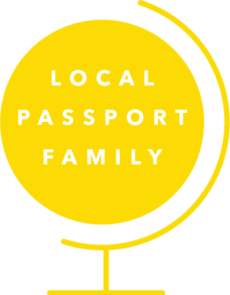
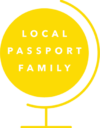
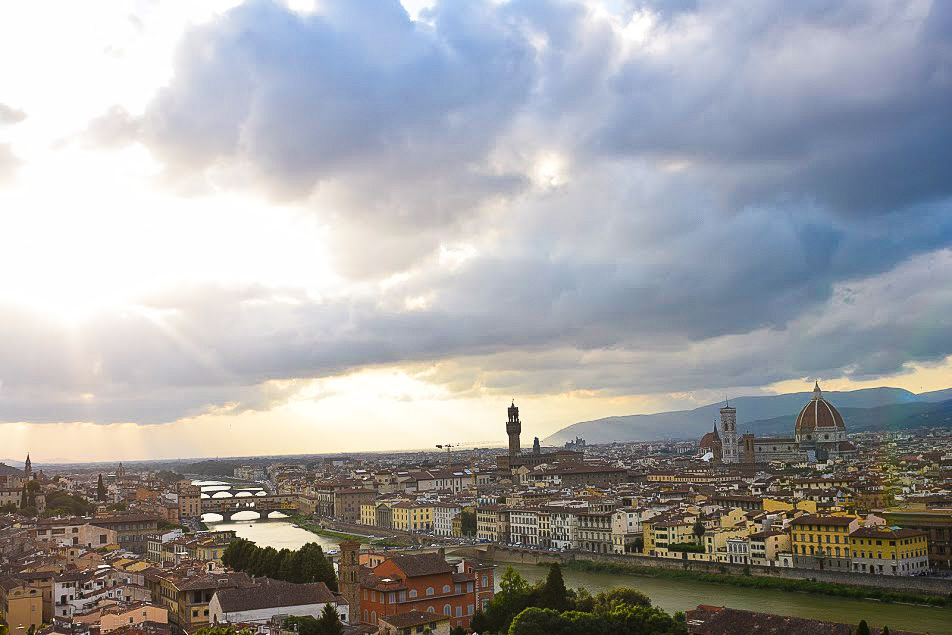
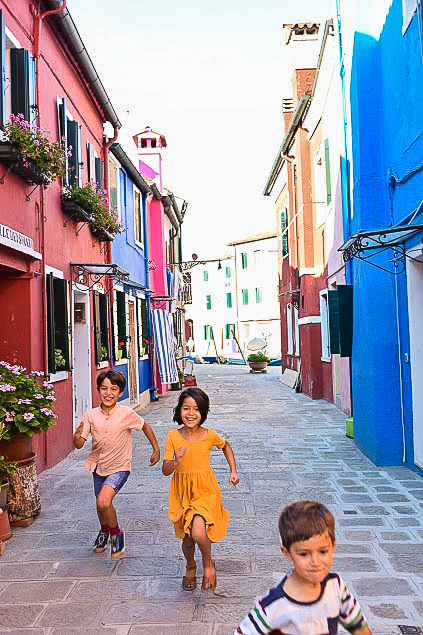
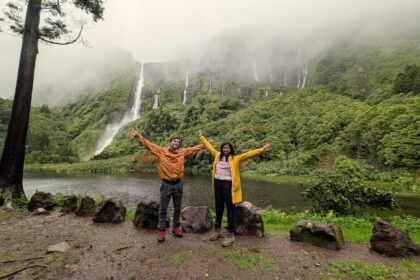
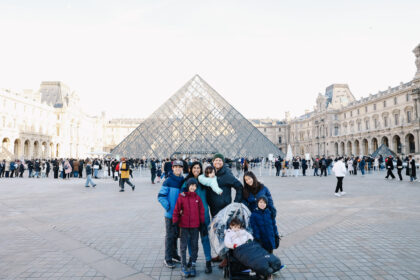
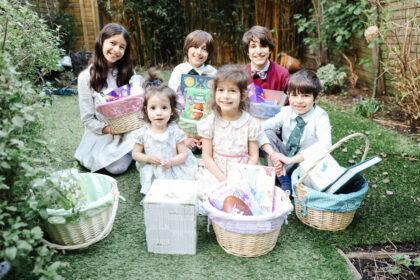
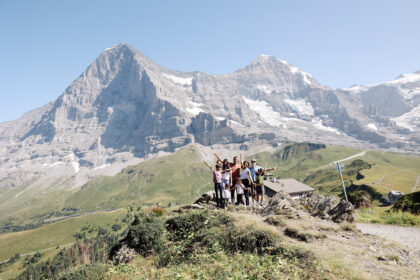
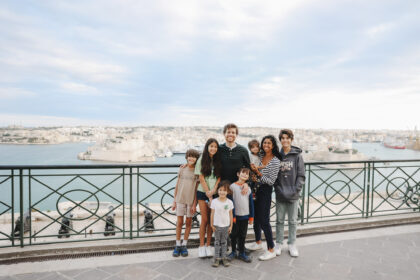

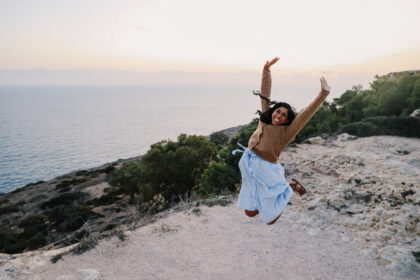
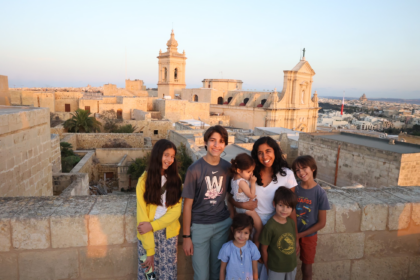

[…] Questions to ask your kids about Italy […]